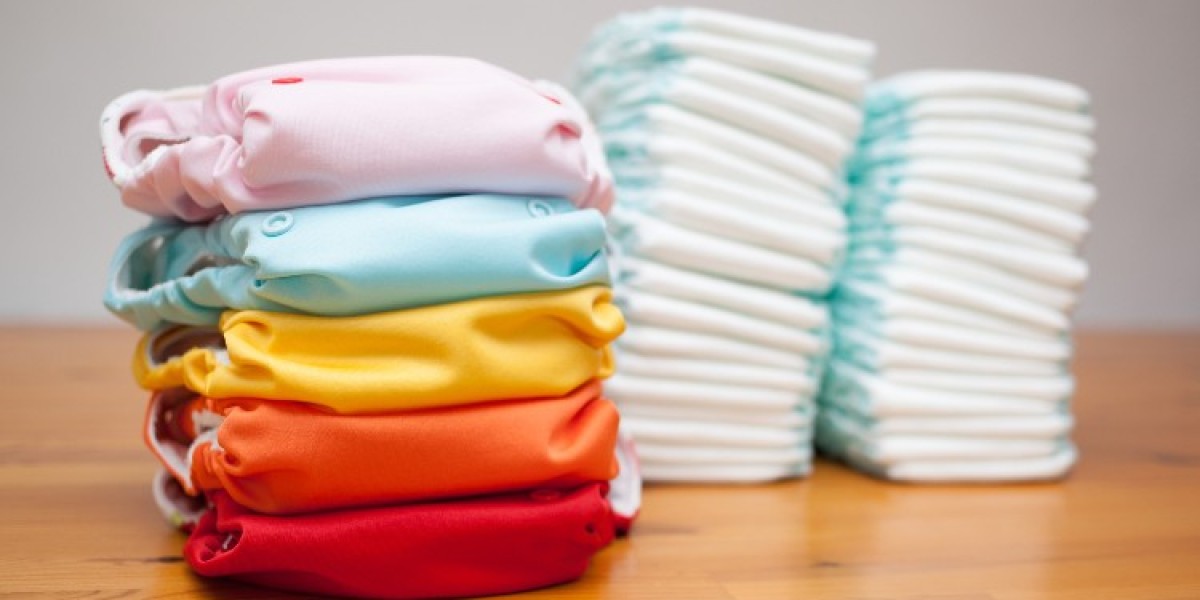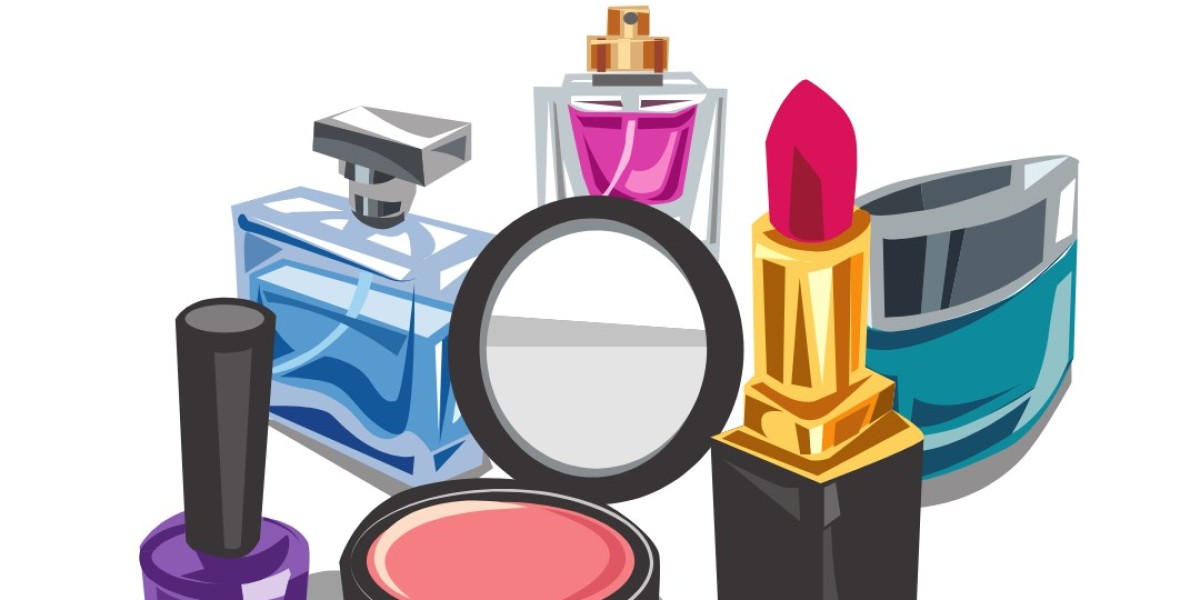The India diaper market reached an estimated value of USD 1,731.04 million in 2023. With a growing demand for baby and adult diapers, the market is poised for exponential growth, projected to reach a value of USD 6,233.99 million by 2032 at a CAGR of 15.3% between 2024 and 2032. The key factors contributing to this growth include increasing female workforce participation, rising awareness regarding personal hygiene, and advancements in diaper technology that focus on comfort and absorption efficiency.
India Diaper Market Dynamics
Growth Drivers
Increasing Women Workforce Participation: The participation of women in the workforce is expanding rapidly, driving demand for baby diapers as working parents rely on them to provide convenience and hygiene for their children.
Elderly Population Growth: India is anticipated to have the third-largest elderly population by 2050, necessitating a rise in demand for adult diapers, particularly due to increasing awareness of incontinence management.
Technological Advancements: Innovations in diaper technology have introduced features such as better absorption, enhanced comfort, and cost-effective diaper pants, making them a popular choice among consumers.
Expanding E-commerce: The rise in e-commerce platforms has transformed the retail landscape in India, making diapers more accessible to consumers, particularly in rural and semi-urban areas.
India Diaper Market Trends
Rising Demand for Baby and Adult Diapers
The diaper market is experiencing growth across various segments, with a significant increase in demand for baby and adult diapers. Pampers and Mamy Poko remain the dominant players, accounting for 40.3% and 38.2% of the market share, respectively, in April-December 2023. The growing population, coupled with the rising elderly population, indicates a sustained need for diapers in India.
Changing Demographics
India overtook China as the most populous country in 2023. This demographic shift presents a unique opportunity for the diaper market, particularly in urban regions with an influx of infants, toddlers, and the elderly requiring diapers. In addition, urbanization and smaller family sizes are shifting consumer preferences towards disposable diapers for convenience.
Industry Outlook
Population Demographics and Market Segmentation
India's total fertility rate (TFR) is expected to decline from 2.44 in 2010-2015 to 2.10 by 2025-2030, suggesting a future trend towards smaller family sizes. However, the rising elderly population, which is expected to grow by 40.5% between 2021 and 2031, indicates a burgeoning market for adult diapers.
E-commerce Growth
The rise of e-commerce has significantly contributed to the expansion of the India diaper market. Gross merchandise value (GMV) in India grew from USD 22 billion in FY2019 to USD 60 billion in FY2023, driven by increased online shopping, digital infrastructure improvements, and the penetration of internet and smartphone use. This trend is expected to continue, further supporting diaper market growth.
Key Market Trends
Increased Focus on Eco-Friendly Diapers: The rising environmental concerns are leading to the adoption of eco-friendly diapers made from sustainable materials. This trend is expected to increase as consumers become more conscious of the environmental impact of disposable diapers.
Growing Awareness of Hygiene: Hygiene awareness, particularly for infants and toddlers, is driving demand for diapers in India. Parents are prioritizing health and hygiene, further promoting the use of diapers.
Expansion of Distribution Channels: Diapers are becoming increasingly available through diverse distribution channels such as supermarkets, hypermarkets, pharmacies, and online platforms, making them more accessible to consumers in urban and rural areas alike.
Recent Developments and Product Launches
Several key players have made recent advancements in the diaper market:
Pampers (Procter & Gamble) launched a new range of Premium Care Diapers for babies in January 2024, featuring 360-degree cotton softness and an anti-rash blanket with aloe vera.
Nobel Hygiene Pvt Ltd introduced Friends UltraThinz, India’s first slim disposable absorbent underpants, targeting younger adults suffering from incontinence in May 2023.
Huggies relaunched its Nature Care line of premium diapers for Indian consumers in February 2023.
These product innovations cater to both baby and adult diaper segments, indicating a focus on comfort, convenience, and sustainability.
Market Challenges
Despite the promising growth trajectory, the India diaper market faces several challenges:
High Cost: The relatively high cost of disposable diapers can be a barrier to market penetration, particularly in rural areas where traditional cloth diapers remain more popular due to affordability.
Environmental Concerns: Disposable diapers contribute to environmental pollution due to their non-biodegradable nature, prompting demand for eco-friendly alternatives.
Low Awareness in Rural Areas: Despite efforts, awareness regarding the benefits and availability of disposable diapers remains low in rural regions, limiting market growth.
Economic Fluctuations: Economic downturns can reduce consumer spending on non-essential products like disposable diapers, impacting market demand.
Opportunities in the Diaper Market
Several opportunities exist for growth in the India diaper market:
Rural Market Penetration: Targeted marketing and educational campaigns could help expand diaper adoption in rural areas, where market penetration is currently low.
Eco-friendly Innovations: Developing biodegradable and eco-friendly diapers that address environmental concerns could attract a growing segment of environmentally conscious consumers.
E-commerce Expansion: The continued rise of e-commerce in India presents a significant opportunity for diaper manufacturers to reach a broader audience, particularly in remote areas.
Segment Analysis
By Product Type
Baby Diapers: Disposable diapers dominate the baby diaper segment, with a growing preference for biodegradable and eco-friendly options among environmentally conscious parents. Sizes range from small to extra large, catering to varying infant needs.
Adult Diapers: The adult diaper segment is driven by rising elderly populations and increased incidences of conditions such as incontinence, prostate disorders, and diabetes. Product types include disposable, cloth, and biodegradable diapers.
By Distribution Channel
Pharmacies: Pharmacies account for a significant share of the market, offering quality customer service and expert advice on diaper usage.
Supermarkets and Hypermarkets: These retail outlets offer an extensive selection of diaper brands, particularly in urban areas, contributing to market growth.
Online Channels: The proliferation of e-commerce platforms such as Amazon and Flipkart has significantly boosted online diaper sales in India, particularly during and post-pandemic periods.
By Region
- North, South, East and Central, West: Diapers are widely used in high-income, urban households across all regions, with significant growth opportunities in tier II and III cities where awareness and demand are rising.
Competitive Landscape
The India diaper market is highly competitive, with major players like Procter & Gamble (Pampers), Kimberly-Clark (Huggies), and Unicharm (MamyPoko) dominating the landscape. These companies invest heavily in marketing and product innovations to differentiate themselves in a crowded market. Local players such as Nobel Hygiene Pvt Ltd (Friends and Teddyy) also play a significant role by offering affordable, quality diaper products tailored to the Indian market.
Strategic Initiatives by Key Players
Procter & Gamble: Focuses on continuous product innovation, such as advanced absorbency and skin-friendly materials, along with aggressive marketing strategies targeting new parents.
Kimberly-Clark: Committed to sustainability, Kimberly-Clark integrates eco-friendly materials into their products and leverages digital media to engage with consumers.
Unicharm: Known for its wide range of affordable products, Unicharm focuses on meeting the needs of budget-conscious families with its popular pant-style diapers.
The India diaper market is on a robust growth trajectory, driven by demographic shifts, rising awareness of hygiene, and expanding e-commerce platforms. While challenges such as high costs and environmental concerns persist, opportunities for growth through rural expansion and eco-friendly product innovation abound. Key players continue to focus on product differentiation and strategic marketing, positioning themselves to capitalize on the growing demand for diapers across India.







